When Good Methods Go Bad: The Ghost Peak Problem Haunting Your LC-MS
Water contamination causes 60-70% of unexplained ghost peaks in LC-MS.
3 min read
Sam Rivera : Jul 21, 2025 4:29:46 PM
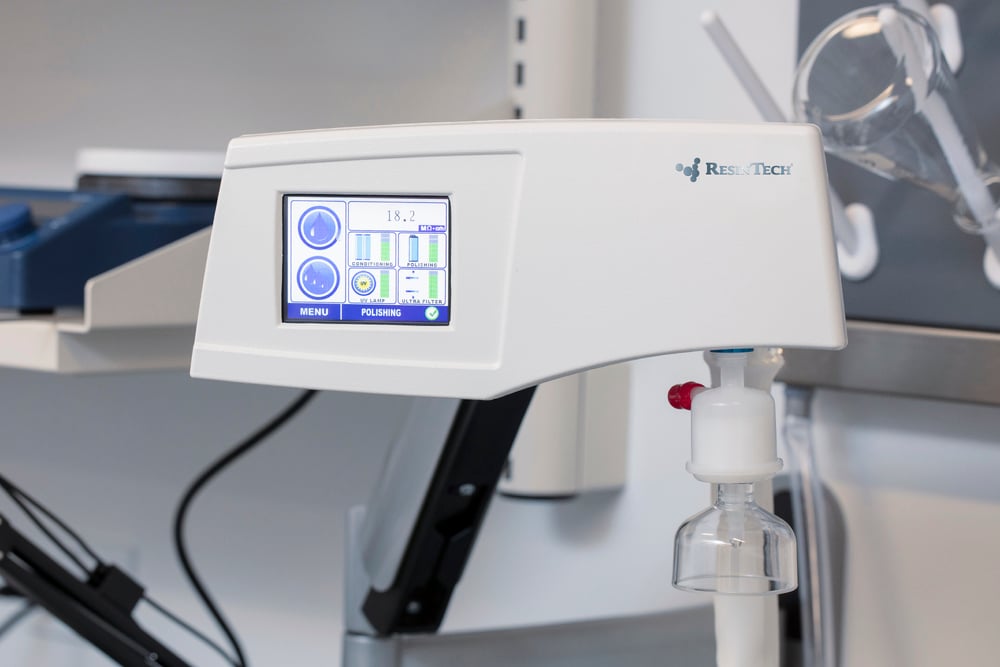
Ultrapure water systems are essential in labs performing high-precision work such as HPLC, molecular biology, and clinical diagnostics. These systems often include a resistivity (or conductivity) meter, and a reading of, or over, 18.0 megohm-centimeters (MΩ·cm) is typically seen as a benchmark of water quality as defined by Type 1 water.
When that reading drops, it usually indicates that the ion exchange cartridges need to be replaced. But what if the system continues displaying 18 MΩ·cm or more — even after 6, 12, or 18 months of use?
The Hidden Risk Behind “Perfect” Readings
Some filters can last over a year and still show 18 MΩ·cm or higher resistivity. For many users, this may seem acceptable. But in critical applications, this can be misleading — and risky.
Most resistivity meters only detect ionic contaminants. However, many organic compounds, especially non-ionic organics, can slip through ion exchange resins undetected. These substances do not affect resistivity, so your meter can still read the standard’s required minimum of 18 MΩ·cm even though contaminants are present.
Why Organics Matter
Ion exchange resins are designed to target charged dissolved salts, not organic molecules. Some organics may bind weakly to the resin, but many pass through — especially as the resin becomes saturated with ions or is exposed to competing contaminants.
Over time:
Don't Rely on Resistivity Alone
Without a TOC monitor, users may never realize their system is no longer producing truly ultrapure water. That's why it's critical to track all filter installation dates and replace them on schedule — not just based on resistivity.
Resin Saturation and Misleading Readings
Once resins are saturated:
TOC Removal Technologies
Best Practices for Maintaining Ultrapure Water Quality
By going beyond resistivity and proactively maintaining your system, you’ll protect your experiments, your results — and your peace of mind. Lab System maintenance, like changing filters and sanitizing regularly, are critical factors for accurate lab results.
Not necessarily. While 18 MΩ·cm indicates low ionic content, it doesn't account for non-ionic organic contaminants, which can still be present. These organics don’t affect resistivity but may compromise water purity — especially in sensitive applications like HPLC or molecular biology.
Organic contaminants can interfere with analytical results, damage equipment, or affect biological reactions. Since many organic compounds aren’t detected by resistivity meters, relying solely on that reading may leave you unaware of hidden impurities.
To monitor for organic contamination, you need a TOC (Total Organic Carbon) monitor. TOC measurement provides insight into the presence of carbon-based contaminants that resistivity meters cannot detect.
It’s recommended to replace ion exchange cartridges at least every 12 months, regardless of resistivity readings. Even if the system isn't heavily used, over time resins can become saturated and lose effectiveness — especially at removing organics.
In addition to replacing ion exchange cartridges annually, UV lamps (if present in your system) and ultrafilters (UF), if any, should be replaced on the same schedule. Regular maintenance, including annual sanitization, ensures consistent water quality and prevents undetected contamination.
Discover the CLïR lab water system best suited for your application.
Want to learn more about the ins and outs of water treatment? Subscribe to this blog and we'll keep you posted.
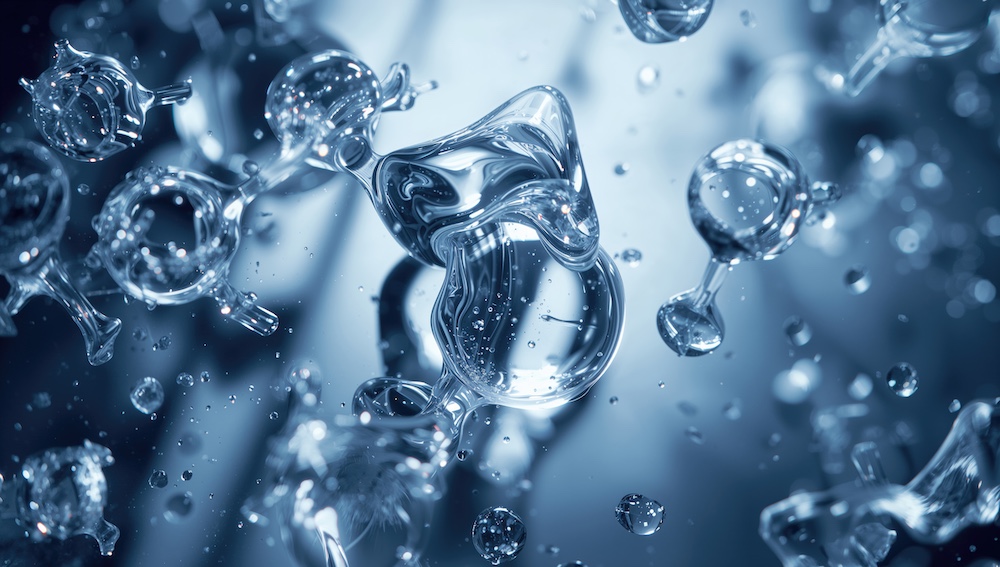
Water contamination causes 60-70% of unexplained ghost peaks in LC-MS.
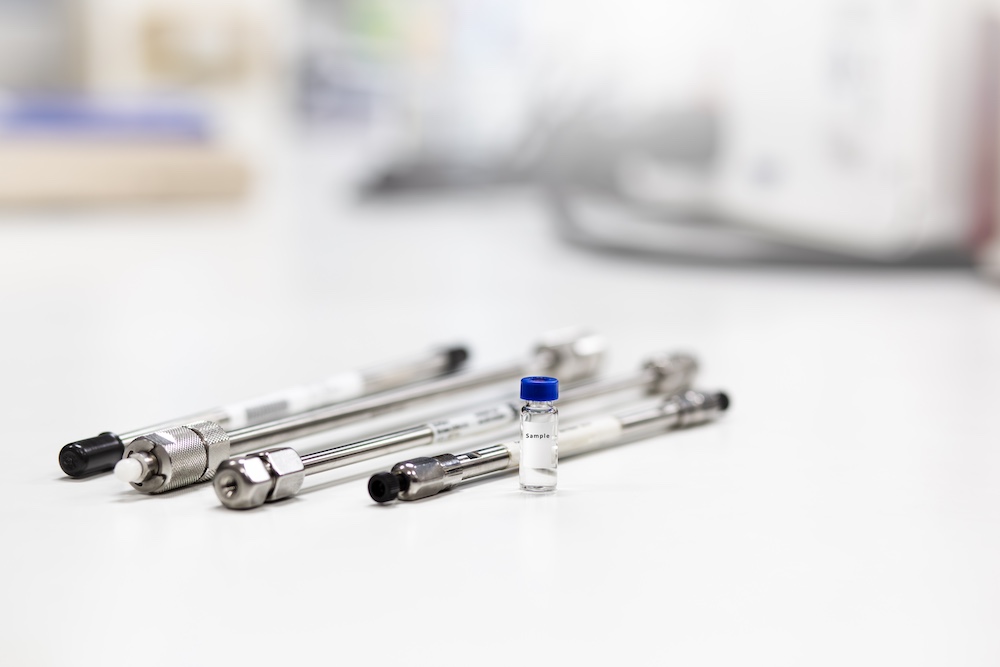
Your HPLC columns shouldn't fail after a few weeks. Under normal operating conditions, most reverse-phased C18 columns deliver stable performance for...
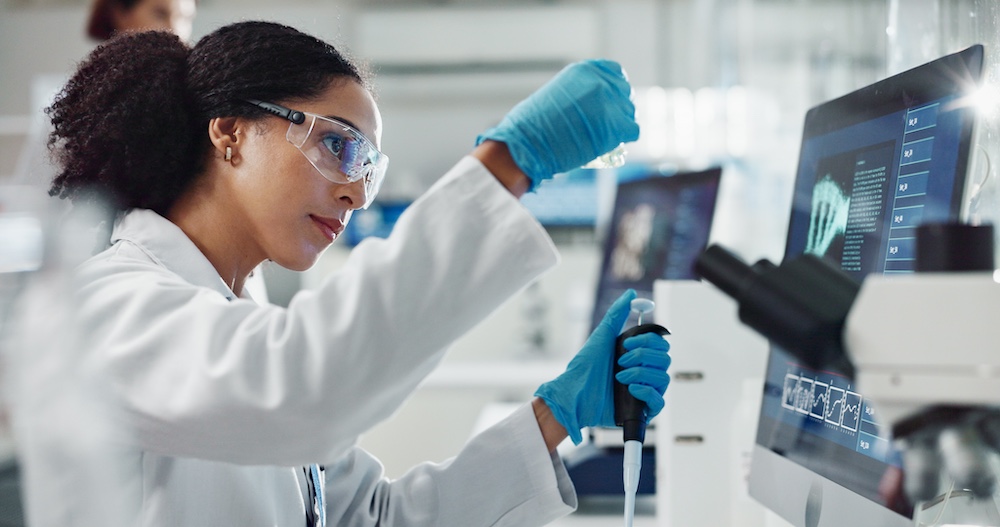
Ultrapure water (UPW) is like a lab's clean room, but in liquid form. At 18 MΩ-cm resistivity, Type I water isn't just "really clean"—it's so pure...

Ultrapure water (UPW) is like a lab's clean room, but in liquid form. At 18 MΩ-cm resistivity, Type I water isn't just "really clean"—it's so pure...
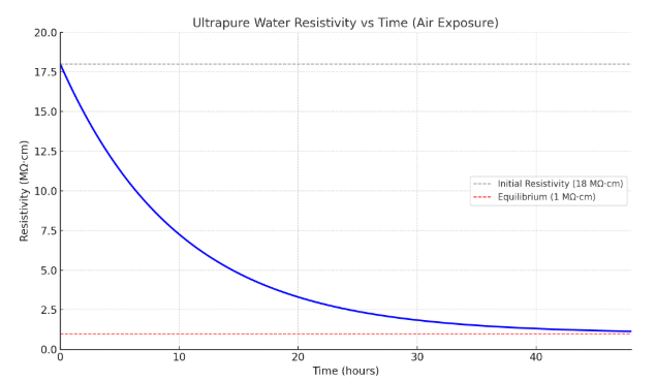
How Fast Ultrapure Water Goes Bad in a Lab
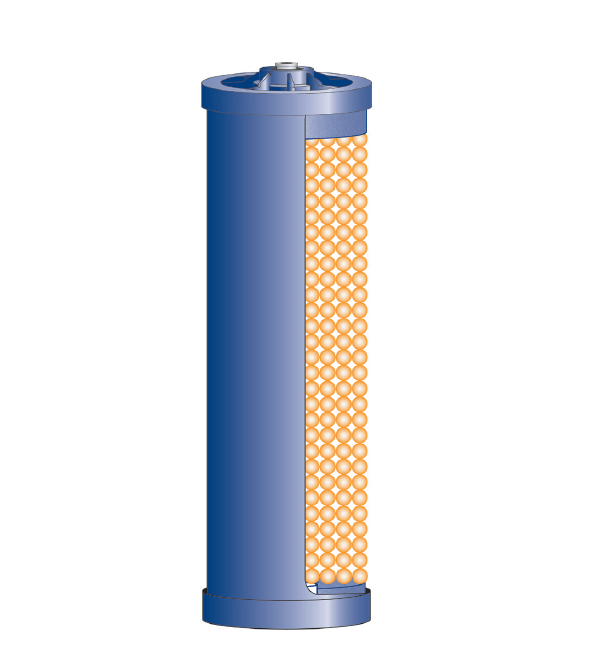
After interviewing Bailey Rau, Product Development and Manufacturing Engineer at ResinTech, about designing water filters we prioritize some...